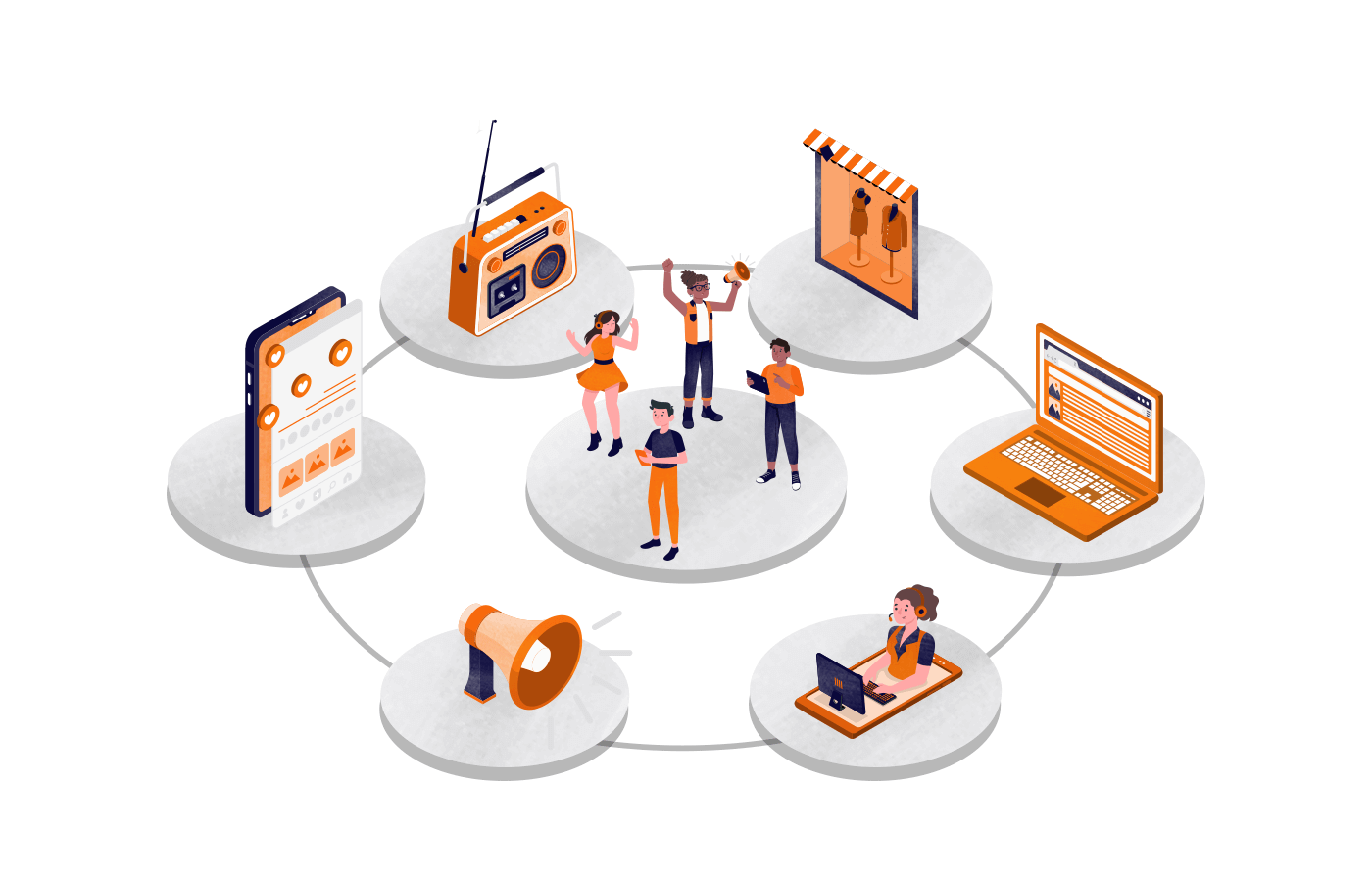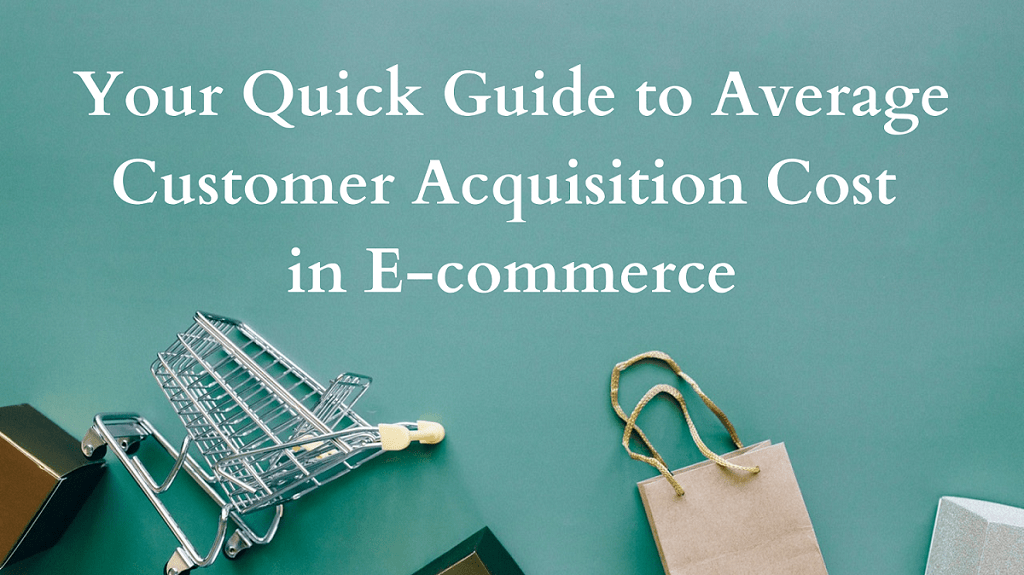B2B Omnichannel Marketing: How to Create a Seamless Customer Experience
No matter how long you've been in business, you've probably realized that customer experience is everything. In the modern world, customers expect a seamless, personalized experience from the brands they buy from - and if you can't provide that, they'll simply take their business elsewhere.
In the age of eCommerce and digital transformation, that means creating a seamless omnichannel experience for your customers. But what does that mean, exactly? Let's take a look.
What Is B2B Omnichannel Marketing?
Omnichannel marketing is the practice of creating a consistent, cohesive customer experience across all channels - both online and offline. That means providing a consistent brand message and user experience whether customers are interacting with you on your website, on social media, in a brick-and-mortar store, or even just talking to one of your employees.
In other words, it's about creating a seamless customer journey that spans all touchpoints and channels. And while that may sound daunting, the truth is that omnichannel marketing is simply an evolution of the traditional multi-channel approach.
The key difference is that, with omnichannel marketing, businesses focus on creating a consistent experience across all channels rather than just trying to reach as many people as possible. It's a 360-degree view of the customer experience rather than a one-dimensional approach.
While omnichannel marketing was thought to be just a B2C strategy, the truth is that it can be just as effective for B2B businesses. In fact, in today's digital world, customers expect the same seamless experience from B2B brands that they do from B2C brands.
How to Use B2B Omnichannel Marketing to Sell More
With that said, how can you actually use B2B omnichannel marketing to increase sales and drive more revenue for your business?
1. Use Data and Analytics to Create a Seamless Customer Journey
The first step is to understand your customer's journey - both online and offline. Where do they interact with your brand? What touchpoints do they use? And most importantly, what are their pain points?
By understanding the customer journey, you can identify opportunities to create a more seamless experience. For example, if you know that customers often research online before making a purchase, you can make sure that your website provides the information they need to make a decision.
You can also use data and analytics to create targeted B2B omnichannel marketing campaigns. By understanding who your customers are and what they're interested in, you can create personalized messages and experiences that will resonate with them by segmenting them into different customer profiles.
2. Use Technology to Connect All of Your Channels
The next step is to use technology to connect all of your channels - both online and offline. That way, you can create a single view of the customer, regardless of where they are in their journey.
There are a number of different technologies you can use to connect your channels, including customer relationship management (CRM) systems, marketing automation platforms, and data integration tools.
By using these technologies, you can ensure that all your channels are working together to provide a seamless experience for your customers.
For instance, if someone contacts you on social media, you can use your CRM system to pull up their customer profile and see their purchase history. Similarly, if someone abandons their shopping cart on your website, you can use marketing automation to send them a reminder email.
3. Create a Consistent Brand Message Across All Channels
Once you've connected all of your channels, it's important to create a consistent brand message that spans all of them. This includes everything from your logo and color scheme to your tone of voice and messaging.
By creating a consistent brand message, you'll ensure that customers have a positive experience with your brand no matter how or where they interact with you. You can't be one thing on social media and another thing on your website - customers will quickly see through that.
4. Train Your Employees on Omnichannel Marketing
Next, it's important to train your employees on omnichannel marketing. After all, they're the ones who will be interacting with customers on a daily basis.
Make sure they understand the importance of providing a seamless experience for customers. And give them the tools and training they need to be successful, such as customer journey mapping and omnichannel marketing campaign planning.
That way, if someone, for instance, calls your customer service line with a question, they'll know exactly how to help them - whether that's directing them to your website or sending them a coupon for their next purchase.
5. Close the Loop with Measurement
Finally, after you've implemented your omnichannel marketing strategy, it's important to measure your results. This will help you fine-tune your strategy and ensure that you're getting the most return on investment.
There are a number of different metrics you can track, such as customer lifetime value, customer satisfaction, and conversions. By tracking these metrics, you'll be able to see what's working and what's not.
For instance, if all your conversions are coming from your website, you might want to focus more on your online channels. Or, if you're seeing a lot of social media traffic but not many conversions, you might need to adjust your social media strategy.
The Bottom Line
Omnichannel marketing is essential for any business that wants to create a seamless customer experience. By understanding your customers and using technology to connect all of your channels, you can create a consistent brand message that will resonate with them no matter how or where they interact with you. Plus, you'll expand your reach and increase your chances of making a sale.
At ConvertedIn, we specialize in helping businesses implement omnichannel marketing strategies. We start by understanding your customers and their journey; then, we create a personalized plan to connect all of your channels and track your results. To learn more about how we can help you, contact us today.
